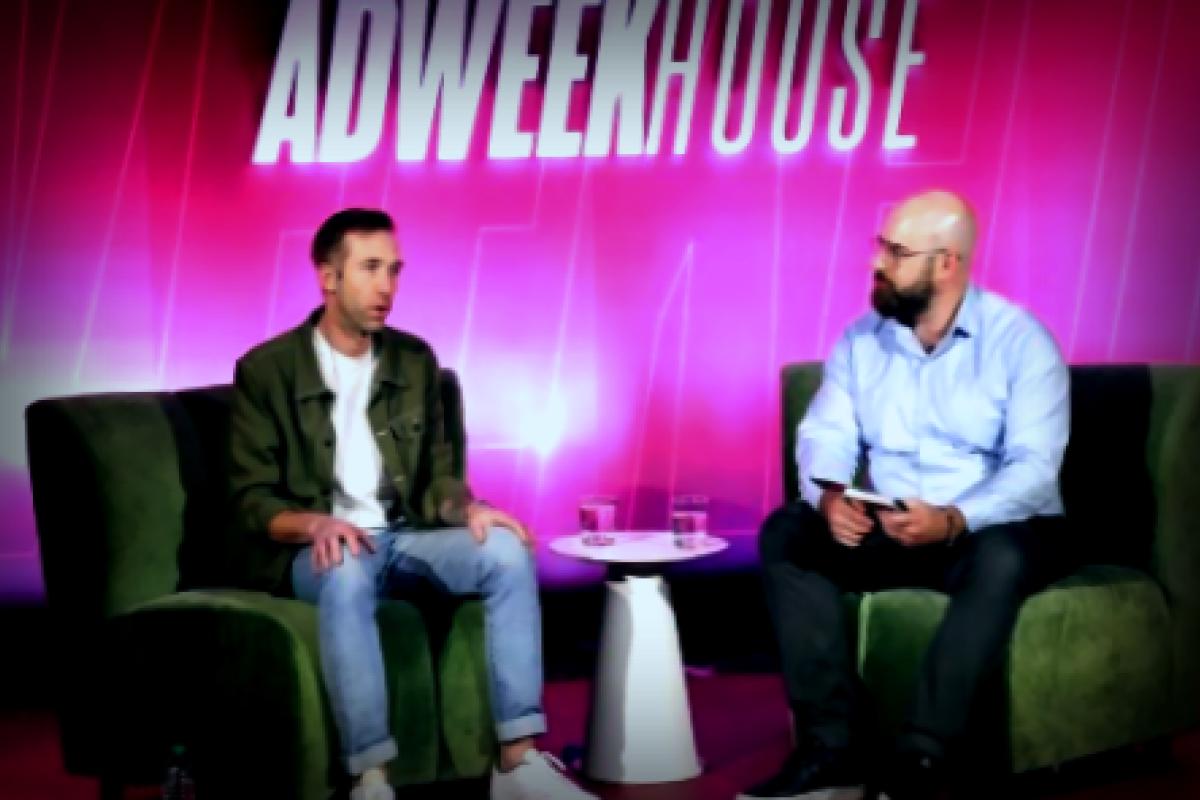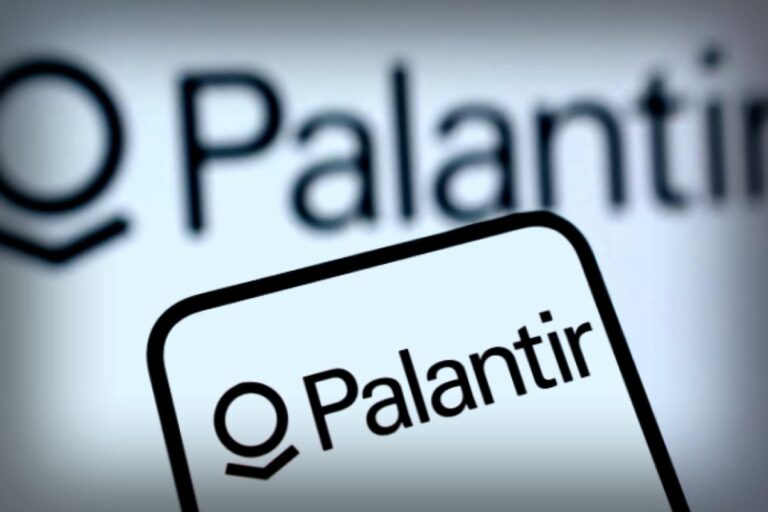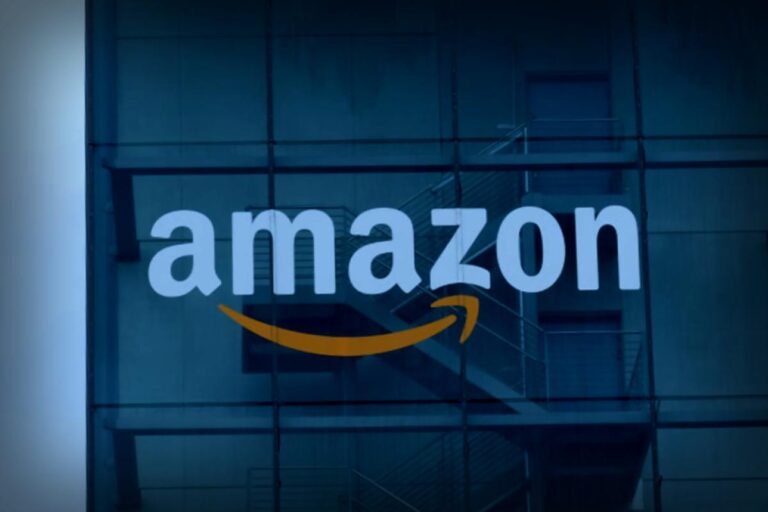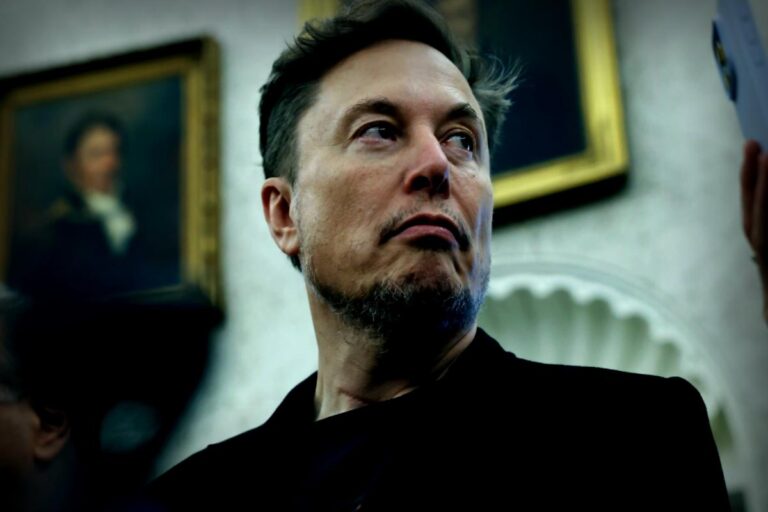This blog post is in collaboration with HubSpot
We’re witnessing a wild shift in marketing like never before. The rise of AI is shaking up the traditional ways brands interact with their audiences and changing the creative landscape drastically. Brands now need to rethink their strategies to establish genuine connections. The focus is shifting towards blending human creativity with machine-based insights to foster trust, authenticity, and long-lasting relationships with customers.
During a lively fireside chat at Brandweek 2025, co-hosted with HubSpot, Jonathan Hunt, VP of Media and head of The Hustle at HubSpot, delved into this transformative dynamic of marketing. Joined by Mike Beyman, chief of staff at ADWEEK, they discussed how AI is reshaping creativity, content distribution, and how brands portray authenticity.
Dealing with AI’s Dark Turn
Hunt kicked things off by acknowledging the immense pressure marketers are under right now. Traditional platforms are faltering, and the stakes are higher as brands struggle to make meaningful connections with potential customers.
“It’s getting more challenging to be either discovered or to reach your customers. That’s evident from changing search trends and rising costs of ads,” shared Hunt.
The launch of generative AI, specifically with tools like ChatGPT, catalyzed these issues even further. Hunt recalled that moment, saying, “That was a really tough time for all of marketing, particularly in the media sector.”
He emphasized that this moment symbolizes not a temporary challenge, but a significant turning point in the industry. “Looking at past technological shifts in media and marketing, ChatGPT marked the beginning of what the new marketing landscape looks like now,” he explained.
This new paradigm directly addresses how marketers historically moved in predictable, campaign-driven manners. Hunt asserted, “You can’t afford to operate that way anymore; the need for flexibility is greater than ever.”
Surviving this new landscape, Hunt argues, requires breaking away from the traditional waning platforms. “We call this ‘loop marketing,’ where humans and AI collaborate to craft and personalize messaging at an individual level,” he declared.
The Importance of Owning Your Audience
HubSpot is steering clear of the conventional tactics of relying on borrowed audiences from social media and search ad platforms.
“Marketers are beginning to realize how beneficial it is to own their distribution channels instead of lending them. It’s costly to keep paying platforms like Meta or LinkedIn each month, watching that money go up in smoke,” Hunt pointed out.
Nevertheless, it’s not uncommon for companies to make a big mistake once they gain ownership of their media properties. “Many believe that by acquiring media assets, they’ll simply utilize them as a loudspeaker for their products,” Hunt commented.
In contrast, HubSpot’s strategy is about preservation; they approach acquired assets with care. “When we build or acquire media, we’re also acquiring the audience’s trust,” he noted. “The last thing you want to do is damage that trust; otherwise, why invest in it in the first place?”
Each media asset HubSpot manages remains fully editorially independent. “These assets cater to a specific customer profile relevant to our HubSpot products, allowing storytellers, editors, and creators to deliver content that resonates deeply with the audience, drawing from fresh insights,” Hunt shared.
However, simply owning these channels isn’t the entire battle—marketers also have to rethink their content strategy.
Enhancing Human Creativity with AI
This fresh marketing approach necessitates harmony between AI and human input.
Humans play a vital role in HubSpot’s content-centric strategy. “People seek insights from other people, trust generally lies here,” Hunt stated, which is why HubSpot focuses heavily on engaging with video content and creators. “Video is the universal medium,” he elaborated.
Instead of combating AI technologies, Hunt encourages marketers to embrace and optimize them, especially for search functionality.
“While traffic from LLMs is still relatively low compared to referral traffic from platforms like Google, the intentions are far stronger,” Hunt detailed. “The value of a click-through from tools like ChatGPT can be three times greater than standard search traffic.”
Simply put, their framework emphasizes: “Everything in our approach is about being human-driven and AI-assisted,” stated Hunt.



















